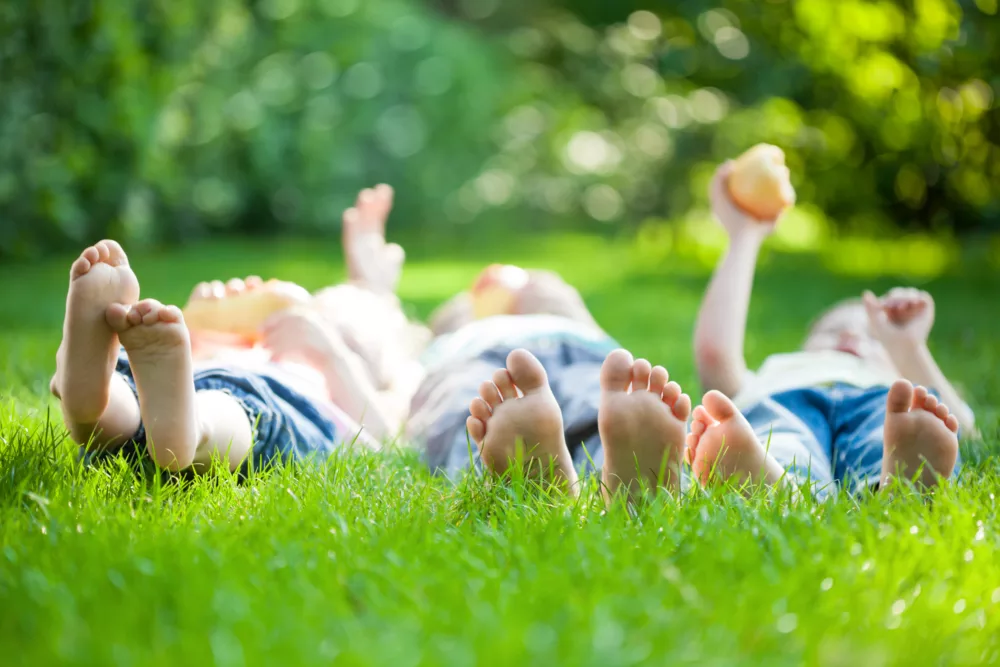- Helps establish New and Existing Lawns
- Has a high amount of nutrients to help root growth and top growth
- Great way to add color and density to your lawn
- Spring, Fall
- 2 Applications per season


We believe in high-quality organic lawn care that’s safe for kids, pets, and our environment. Our philosophy in quality lawn care go further than just a beautiful lawn that you can see, we look beneath the surface for healthy soil and roots. Our programs and dedicated team will assist you every step of the way, glorifying God in the process.


We offer four tiers of packages, all of them ready, and fully capable of dominating your lawn. We know that every lawn (and wallet) has different needs. That's why we also offer a wide range of add-on plans so that your lawn gets the tailored care it needs.

Pet friendly after products are dry
Iron Application
Weed control to improve grass.
Mostly Organic
Every 6 Weeks Except Summer Application
Designed for large properties over an acre or larger.
Professional products that won’t cost a fortune
Weed control for large areas
We use non-organic Fertilizers to keep the lawn healthy.
Every 6-8 Weeks
All the benefits of the Full Organic plus the following:
Humic and Bio Solids for quick uptake of nutrients
Micro Nutrients give your lawn everything else needed for a healthy growth.
Specialty Weed Control
Every 6 Weeks
We don’t recommend changing through the season. These lawn plans we developed have proper rates designed for your area and grass type. Too much of one product wouldn’t be good for your lawn, and changing mid-season has a high chance of failure for your program.
Different grasses require different lengths to grow healthy. Most of the cool-season grasses require 2.5-4 feet of length while warm-season grass requires
Grubs can cause severe damage to your lawn by eating the plant's roots and killing the plant. The larvae burrow below the freeze line, then return to the root zone to return feeding. An insecticide, either in middle spring or early July, will help keep you from having to replace sections of your lawn.
Nitrogen is the driving force of your lawn by pushing the growth and color of your lawn. Phosphorus stimulates root growth and helps the plant fight disease. Potassium helps with stress from heat and builds drought tolerances.
The best way for a weed-free lawn is to water it and mow it frequently in different directions and with sharp blades. Feed your lawn with turf fertilizer that will give it the proper nutrients. Apply herbicides only as needed and at proper times.